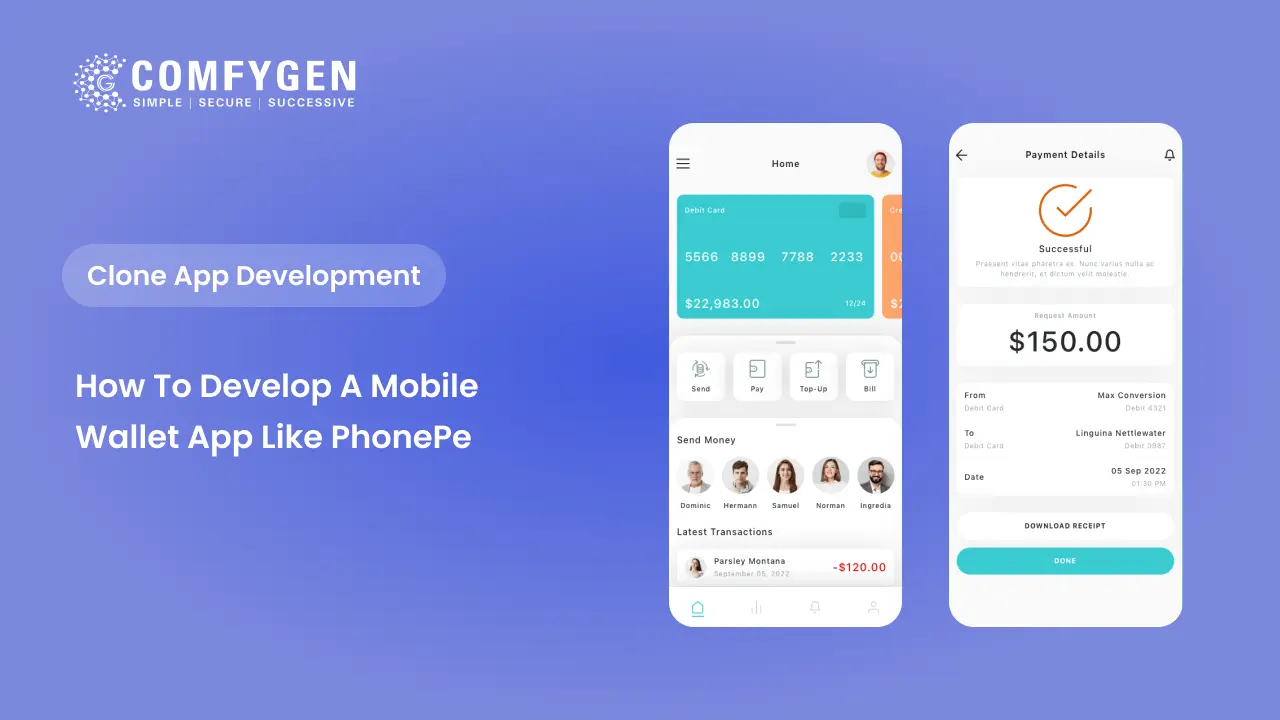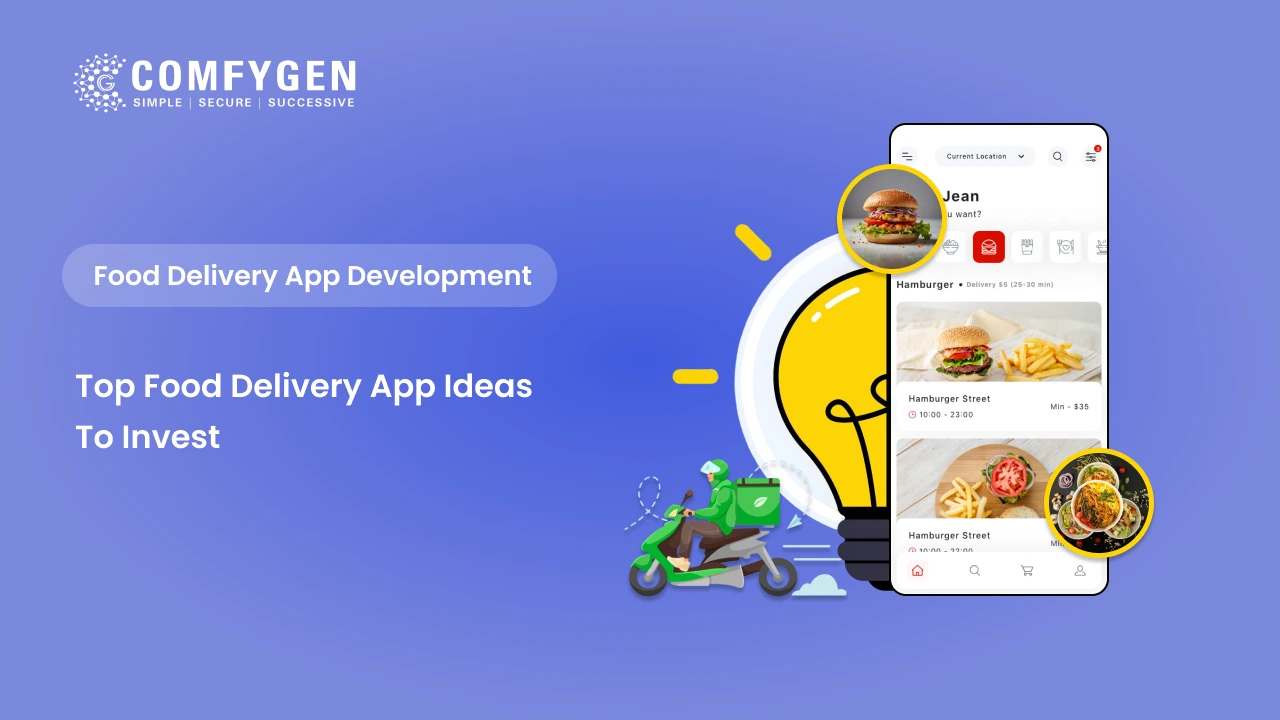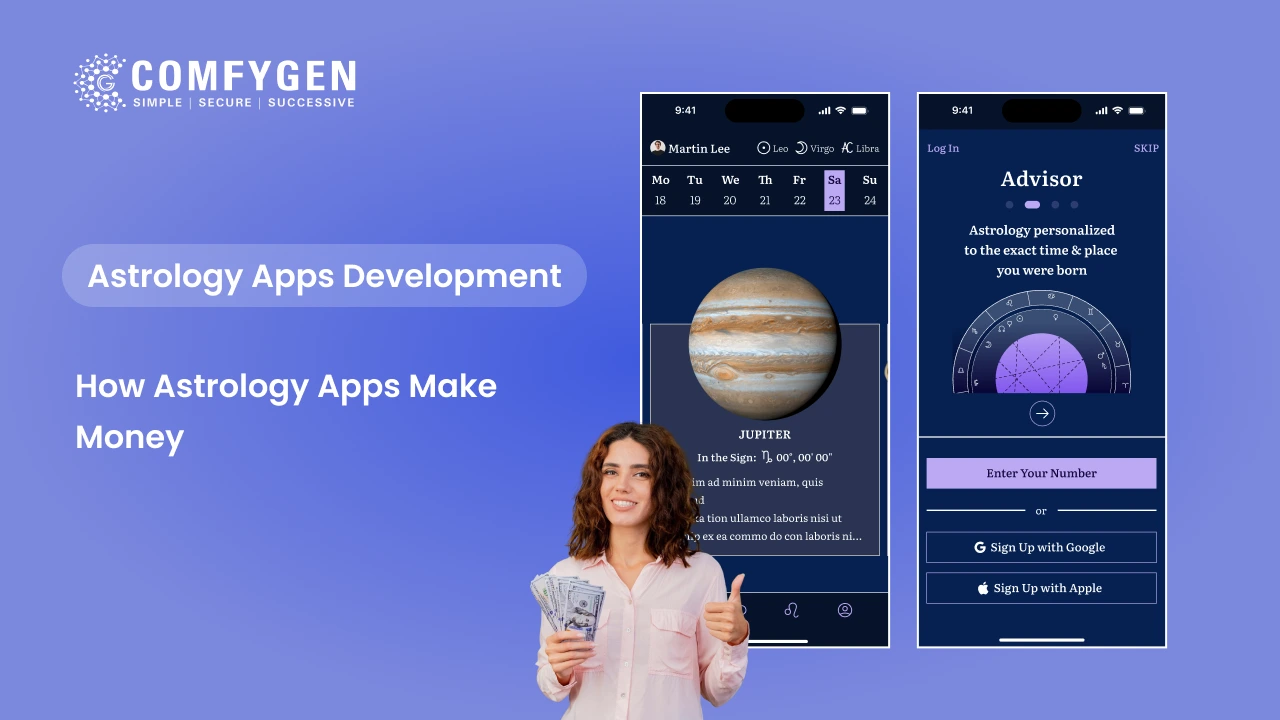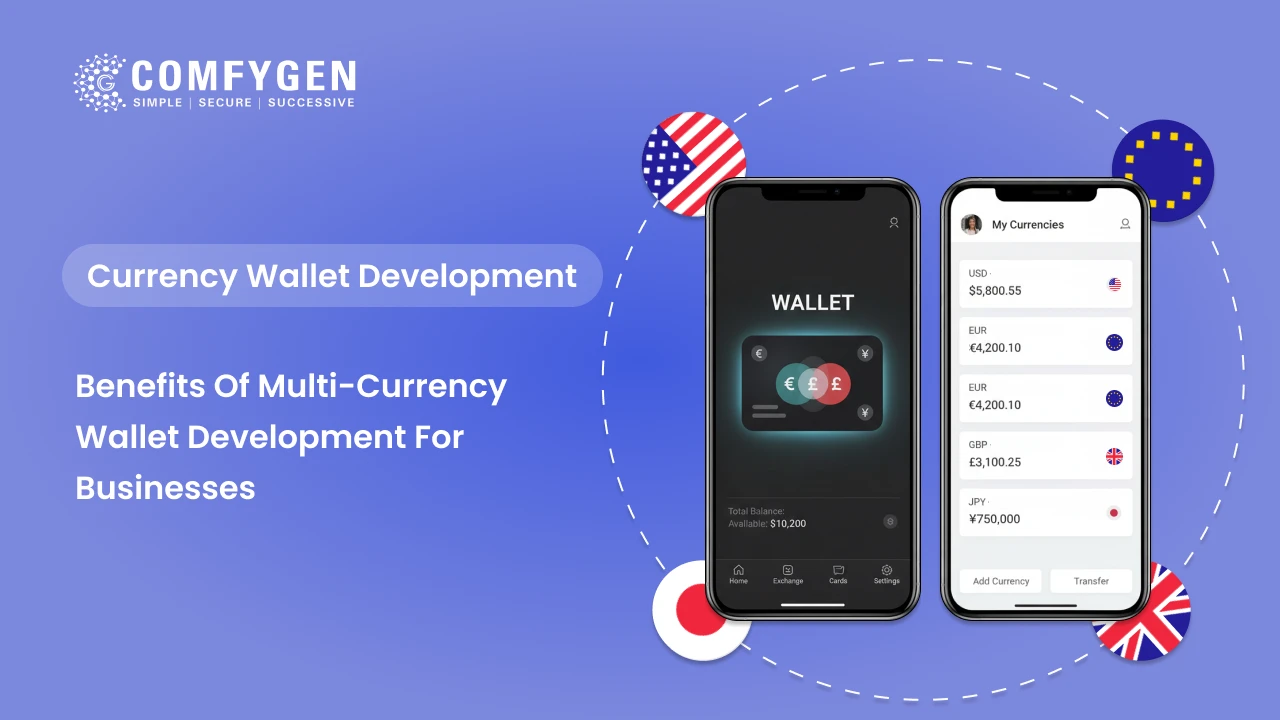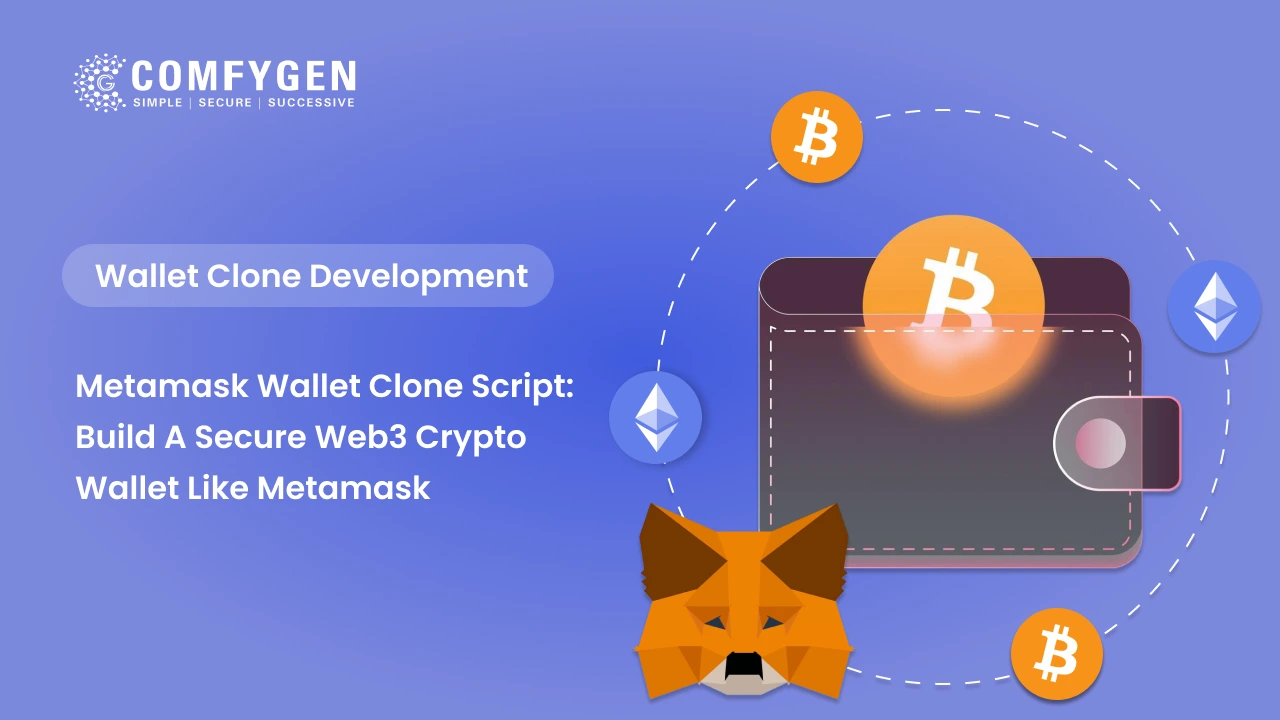How to Develop a Mobile Wallet App Like PhonePe
India’s payment system has transformed at top speed, driven by the rise of mobile wallet app development and UPI wallet apps. Not long ago, cash ruled daily spending, but now, apps like PhonePe have completely changed how people handle money. What started as a convenience has evolved into the main way millions send and receive payments every day through digital wallets and the PhonePe Clone App.
The big shift happened with UPI (Unified Payments Interface). This government-backed system made instant bank-to-bank transfers easy, secure, and free. That breakthrough sparked a wave of fintech innovation, leading to platforms like PhonePe, Paytm, and Google Pay, which turned smartphones into mini digital banks.
These apps didn’t just digitize payments — they made them faster, smarter, and social. From splitting bills and recharging mobiles to paying utility bills and shopping online, everything happens in seconds.
For startups and entrepreneurs, this created a massive opportunity. Building a PhonePe clone app or duplicate PhonePe app lets you tap into India’s booming digital payments market, where billions of transactions happen every month.
In short, if you’re planning to enter the fintech industry, developing a UPI wallet app like PhonePe isn’t just a business idea — it’s the next logical step in India’s cashless future.
What is PhonePe and How Does It Work?
PhonePe is India’s best UPI payment app, built to make money transfers, bill payments, and online transactions effortless. Launched in 2016, it quickly became a household name by offering an easy, secure, and cashless payment experience through smartphones.
At its core, the PhonePe app model revolves around India’s Unified Payments Interface (UPI). This allows users to link their bank accounts directly to the app and send or receive money instantly — no wallet top-ups, no waiting time. With just a UPI ID or a mobile number, transactions happen in real-time between banks, 24/7.
But PhonePe is more than just a UPI payment app. It’s an entire digital ecosystem. Users can:
- Recharge mobile numbers and DTH accounts
- Pay electricity, gas, and water bills
- Book insurance, buy gold, and invest in mutual funds
- Pay at offline stores via QR codes
- Manage multiple bank accounts within one app
Why Businesses Are Building PhonePe Clone Apps
Digital payments are now part of daily life. With UPI transactions crossing billions every month, users want quick and secure mobile banking options. That’s why startups are turning to PhonePe clone app development to launch their own payment apps.
The beauty of UPI is that any licensed business can build a PhonePe-like app that connects to bank accounts without creating a full banking setup.
A duplicate PhonePe app also opens new income streams through cashback, bill payments, and other mobile banking services.
- Transaction fees: Partner merchants pay a small fee per transaction.
- Advertisements and offers: Promote brands, run cashback campaigns, and earn ad revenue.
- Financial partnerships: Integrate insurance, loans, or investment options and earn commissions.
- Value-added services: Recharge, bill payments, or ticket bookings — each transaction adds up.
Key Features to Include in a Mobile Wallet App Like PhonePe
When you’re planning to develop a PhonePe clone app, the features you include determine how trustworthy, fast, and enjoyable your app feels to users. The goal is to make transactions effortless while keeping security airtight. Let’s go through the must-have elements your duplicate PhonePe app should include.
User Features
These are what make the app instantly usable and engaging for end users.
- Quick Registration & KYC Verification: Simple sign-up with OTP verification and eKYC to link user identity with their bank account.
- Bank Account Linking: Secure integration with multiple banks through UPI, allowing instant money transfers.
- One-Click Payments: Enable users to send or receive funds using a mobile number, UPI ID, or QR scan in seconds.
- Bill Payments & Recharges: Electricity, gas, DTH, and mobile recharges built right into the app.
- Cashback & Rewards: Offer discounts, referral bonuses, and loyalty points to boost engagement.
- Transaction History: A detailed yet clean interface showing all past transactions, refunds, and rewards.
Admin Features
On the backend, the admin panel powers everything — from user data to transaction control.
- Dashboard & Analytics: Track app usage, total transactions, and revenue in real time.
- KYC & User Management: Verify new users, monitor suspicious accounts, and maintain regulatory compliance.
- Merchant & Partner Management: Onboard new merchants, manage commissions, and handle service integrations.
- Fraud Detection & Monitoring: Flag unusual activity and control payment limits for risk management.
- Role-Based Access: Assign permissions to admins, agents, and support teams for smooth internal operations.
Advanced Features
If you want your PhonePe clone app to stand out, advanced functionality is where you can innovate.
- AI-Driven Fraud Detection: Artificial intelligence based mobile app development models to spot unusual transaction behavior in real time.
- Voice-Activated Payments: Let users complete payments using voice commands for faster accessibility.
- Multi-Language Support: Cater to users across India by adding regional language options.
- Biometric Authentication: Face ID, fingerprint unlock, and secure PIN for better account protection.
- Chatbot & Virtual Support: AI-based chat assistants for handling queries instantly.
Build a Secure and Scalable UPI Wallet
App Like PhonePe Today!
Step-by-Step Guide to Develop a PhonePe-Like App
Developing a PhonePe clone app takes more than just good coding; it’s about designing a secure, scalable, and compliant fintech ecosystem. Here’s a clear roadmap you can follow from concept to launch.
Step 1: Market Research & Competitor Analysis
Before you start App development, understand your target users and study what makes apps like PhonePe, Paytm, and Google Pay so effective. Analyze user pain points, transaction behavior, and market trends in UPI-based apps. This step helps you find your niche, whether it’s small business payments, P2P payment transfers, or cashback-driven loyalty models.
Step 2: Define Business Model and Monetization
A successful PhonePe-like app isn’t just about technology; it’s about sustainability. Decide early how you’ll generate revenue through merchant fees, ads, premium services, or partner integrations.
Step 3: Choose a Reliable Mobile Wallet Development Company
Partner with a fintech app development company experienced in UPI integration, compliance, and secure payment gateways. The right team can handle regulatory requirements (RBI, NPCI) and ensure your app meets performance and data security standards. Don’t cut corners here — your development partner will shape your app’s stability and trustworthiness.
Step 4: Design a Clean, User-Friendly UI/UX
A great wallet app should feel simple, intuitive, and fast. Design an interface where even first-time users can send money in seconds. Prioritize minimal screens, quick navigation, and high visibility for key actions like “Send,” “Scan,” or “Recharge.” Keep your branding consistent but focused on clarity over flashiness.
Step 5: Select the Right Tech Stack for Android/iOS
Your tech stack determines speed, scalability, and security.
- Frontend: Kotlin (Android), Swift (iOS), or Flutter for cross-platform.
- Backend: Node.js, Java, or Python with a reliable database (MongoDB, PostgreSQL).
- Server: AWS, Azure, or Google Cloud for uptime and data protection.
- UPI API Integration: Use certified UPI PSP APIs or payment gateways like Razorpay or Paytm.
Step 6: Integrate UPI, Payment Gateways, and APIs
The backbone of your PhonePe clone app is UPI integration. This connects your app to users’ bank accounts for instant transfers. Add APIs for bill payments, mobile recharges, and QR code generation. Make sure all payment flows meet NPCI and RBI compliance standards.
Step 7: Testing and Deployment
Once the app is built, conduct end-to-end testing of functionality, security, and load testing. Verify that transactions are instant, data is encrypted, and the app performs well under real-world usage. After approval, deploy the app on the Play Store and App Store with clear onboarding guides and a robust customer support plan.
Technology Stack for Developing a PhonePe Clone
When developing a PhonePe clone app, selecting the right tech stack is crucial — it determines speed, security, and scalability. A Stronge PhonePe-like architecture should handle real-time payments, secure data, and facilitate seamless phonePe-like architecture should handle real-time payments, secure data, and smooth bank integrations. Adding blockchain technology takes it further by ensuring every transaction is transparent, tamper-proof, and fraud-resistant. It strengthens user trust, enables instant settlements, and enhances the overall reliability of your E-wallet app, making it future-ready and secure.
Here’s how the ideal tech stack looks:
Frontend (UI Layer)
This is what users see — it must be clean and quick.
- Flutter or React Native for cross-platform apps
- Kotlin (Android) and Swift (iOS) for native builds
A good UI makes your PhonePe duplicate app smooth and responsive.
Backend (Server Logic)
Handles user login, payments, and bank communication.
- Node.js, Python (Django/Flask), or Java (Spring Boot)
- Databases: PostgreSQL, MongoDB, or MySQL
APIs & Integrations
- UPI Integration API via NPCI or PSPs like Yes Bank, Axis Bank
- Payment Gateways: Razorpay, Paytm, Cashfree
- Third-Party APIs: SMS OTP, Firebase, analytics tools
Cloud & Hosting
Use AWS, Google Cloud, or Azure for scalability, uptime, and security.
Security & Compliance
-
AES-256 encryption for data
-
OAuth 2.0, JWT for login security
-
PCI DSS, RBI, and NPCI compliance for fintech-grade safety
Cost to Develop a Mobile Wallet App Like PhonePe
As a top-rated wallet development company building a PhonePe clone app. The total cost depends on what you’re trying to build: a simple MVP to test the market or a full-scale UPI-based fintech platform ready for millions of users.
Still, you can get a clear estimate once you understand the main factors that shape development costs.
Features and App Complexity
The more features you add — like AI-driven fraud detection, multi-language support, or instant cashback — the higher the development time and cost.
- Basic version (MVP): Includes UPI payments, bank linking, and bill payments.
- Advanced version: Adds investment options, insurance, voice payments, and analytics.
Tech Stack and Integrations
Choosing the right technology stack affects cost and scalability. A cross-platform app built with Flutter or React Native is more affordable than developing two separate native apps in Kotlin and Swift.
Adding UPI APIs, payment gateways, and KYC systems also adds to integration costs.
Development Team & Location
Where you hire app development team plays a big role in pricing.
- India-based fintech developers: $25 – $60 per hour
- US/UK-based developers: $80 – $150 per hour
Security, Compliance & Maintenance
Compliance with RBI, NPCI, and PCI DSS standards adds extra cost but is absolutely essential. Regular updates, bug fixes, and new feature rollouts also require ongoing maintenance budgets.
Estimated Cost of PhonePe Clone App Development
| App Type |
Estimated Cost (USD) |
Timeline |
| MVP / Basic PhonePe Clone |
$25,000 – $40,000 |
10–14 weeks |
| Mid-Level App |
$40,000 – $60,000 |
16–20 weeks |
| Full-Scale App with Advanced Features |
$60,000 – $80,000+ |
24+ weeks |
How AI and Blockchain Enhance PhonePe Clone Apps
Modern fintech apps aren’t limited to payments — they’re becoming smarter, safer, and more transparent thanks to AI and blockchain. If you want your PhonePe clone to stand out, these technologies can give you a real competitive edge.
AI for Predictive Analytics and Fraud Prevention
Artificial Intelligence helps you go beyond basic transaction tracking.
- Fraud detection: AI algorithms identify unusual spending or login patterns in real time.
- User personalization: Analyze payment behavior to recommend offers, merchants, or services.
- Chatbots & support: AI-powered virtual assistants handle user queries 24/7, reducing support costs.
Blockchain for Transparency and Security
Blockchain technology brings an extra layer of transparency to your payment ecosystem.
- Every transaction is recorded on an immutable ledger, reducing fraud risks.
- It enhances cross-border transaction tracking and settlement speed.
- Smart contracts can automate settlements between users and merchants securely.
How to Choose the Best PhonePe Clone App Development Company
Finding the right development partner can make or break your fintech project. You need a team that understands both technology and regulation — not just app design.
Experience in Fintech and UPI App Development
Choose a company with proven expertise in mobile wallet development, UPI integration, and secure API management. Review case studies, client testimonials, and past fintech projects.
Full-Service Capabilities
The ideal PhonePe clone app development company should handle everything — from UI/UX design and backend development to deployment, maintenance, and compliance updates.
Post-Launch Support and Scalability
Digital payment systems evolve constantly. Your partner should offer long-term technical support, feature upgrades, and scalability solutions to keep your app competitive as user volume grows.
Future of PhonePe-Like Apps in India
The future of digital payments in India looks unstoppable. With UPI 2.0 expanding capabilities and fintech adoption spreading beyond cities, there’s never been a better time to launch your PhonePe-like app.
- UPI 2.0 and Beyond:- Features like overdraft accounts, signed intent verification, and recurring payments are changing how users and merchants interact. Integrating these into your app keeps it future-ready.
- AI-Driven Personalization:- Expect AI to dominate customer experience — from tailored offers to spending insights and instant credit scoring.
- Cross-Border Payments and Global Expansion:- NPCI’s new UPI partnerships with countries like Singapore and the UAE are opening the door for international UPI transfers — a massive opportunity for wallet apps.
- Rise of White-Label and Custom Wallet Solutions:- More businesses are choosing white-label PhonePe clone apps to launch faster and reduce cost. With customization, they can add branding, loyalty programs, and niche fintech features.
Conclusion
Building a PhonePe clone app isn’t about imitation — it’s about innovation within a proven framework. You’ve seen how the right features, security, and tech stack come together to create a fast, reliable, and profitable fintech product.
Start small with an MVP, validate your business model, and then scale based on user feedback. Whether you’re targeting India’s local market or expanding globally, the opportunity in digital payments is wide open.
If you’re serious about entering this space, partner with a trusted PhonePe clone app development company that understands fintech, UPI regulations, and enterprise-grade scalability. With the right partner, you can go from idea to launch faster than you think.
Frequently ask questions
How can I create a PhonePe clone app?
Hire a professional fintech development company experienced in UPI API integration, KYC verification, and secure payment architecture. Start with an MVP, then expand features.
What’s the cost to build a duplicate PhonePe app?
A basic version costs around $25,000–$40,000, while a full-scale app with AI, blockchain, and advanced security can exceed $80,000.
Is it legal to develop a PhonePe-like app?
Yes — as long as you follow RBI and NPCI compliance standards, use authorized UPI APIs, and maintain proper security protocols.
How does a PhonePe clone app make money?
Through merchant fees, ads, cashback partnerships, financial services, and transaction-based commissions.

